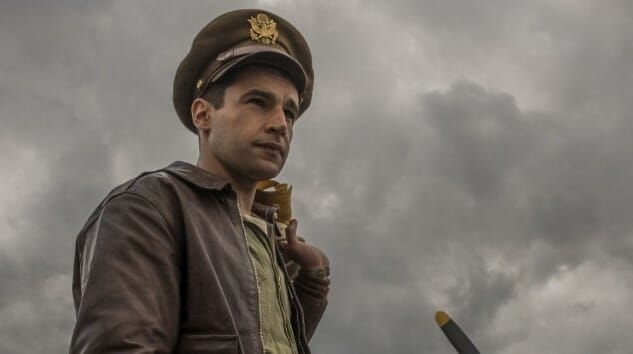Hulu’s Catch-22 Adapts the “Unadaptable” with both Wit and Blood
Photos via Hulu
Even with a lot of talent at its back, Mike Nichols’ 1970 adaptation of Joseph Heller’s scathing antiwar farce Catch-22 has earned the book a spot on many people’s list of unadaptable novels. For whatever reason, “this is an unadaptable novel” has tended to be a big red matador cape to producers, who reliably insist on rebooting everything, as if there were some kind of law against greenlighting original scripts—so I guess it should surprise no one that Catch-22 has entered the spin cycle in a George Clooney producer-director-performer iteration that drops from the firmament of Hulu next week. If you’re anything like me, you’re question-your-life-choices-level weary of over-adapted properties, and you might be inclined to engage with this one in a state of profoundly lowered expectations.
-

-

-

-

-

-

-

-

-

-

-

-

-

-

-

-

-

-

-

-

-

-

-

-

-

-

-

-

-

-

-

-

-

-

-

-

-

-

-

-








































